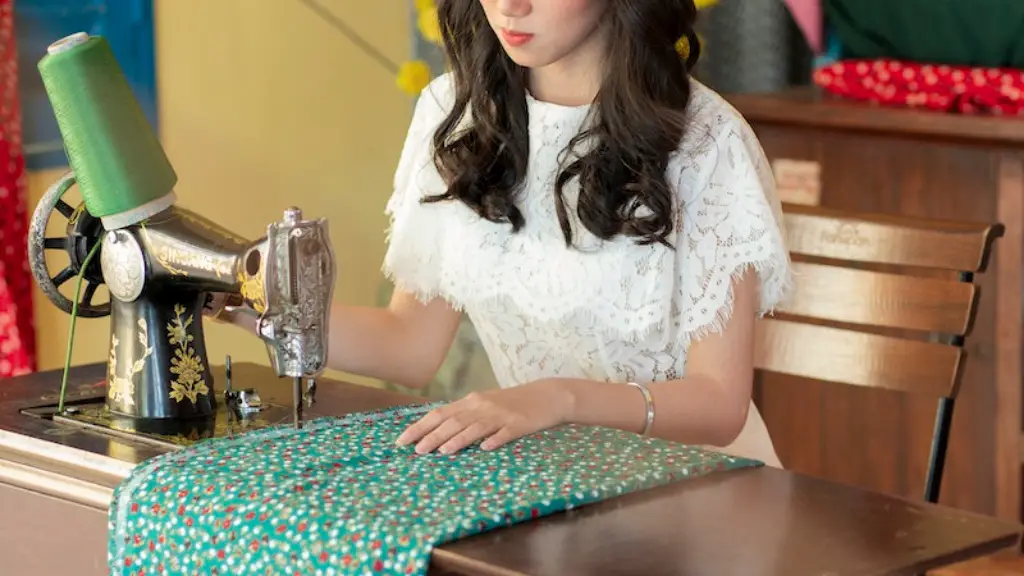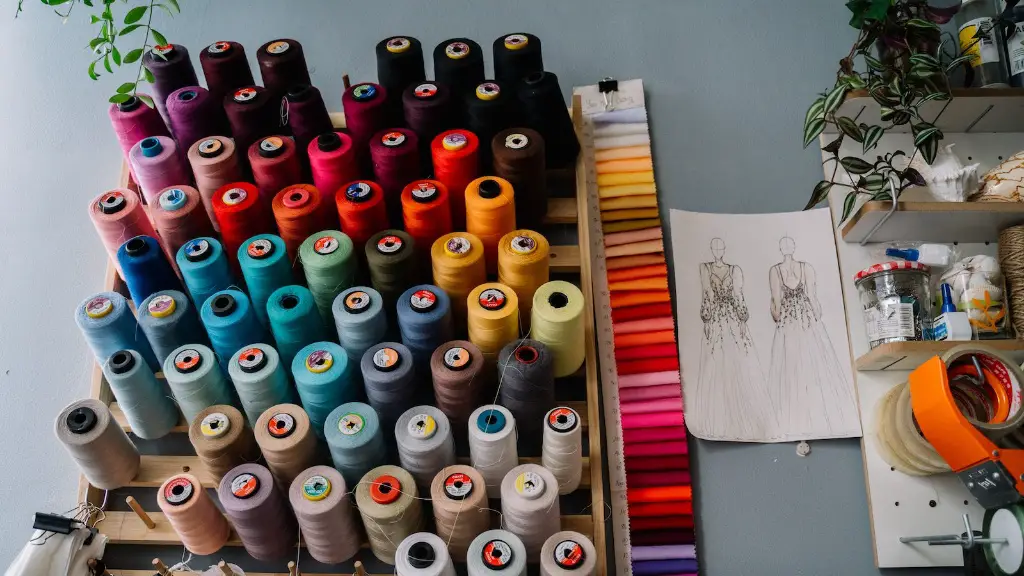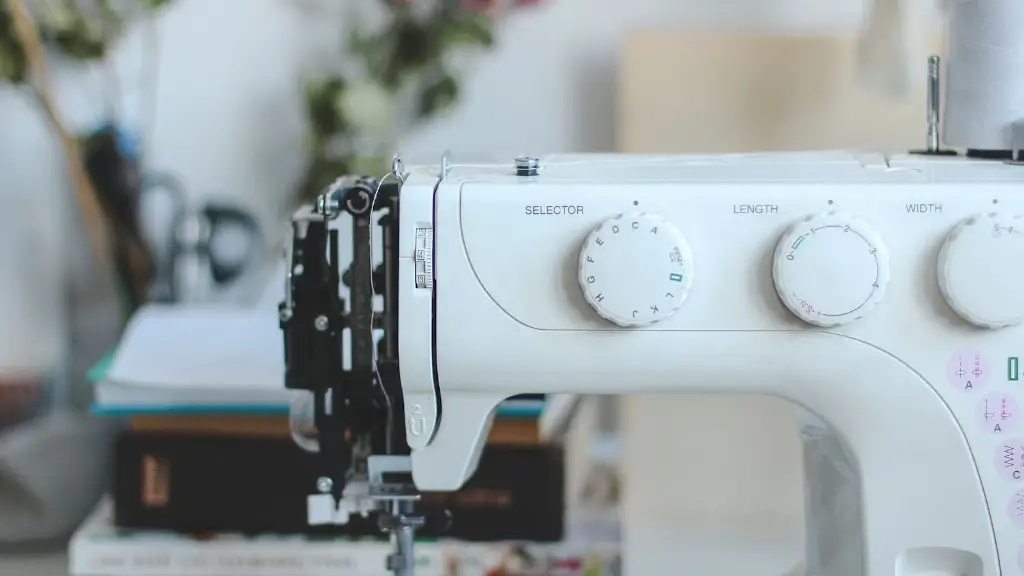Parts of a Sewing Machine and Its Basic Features
Sewing machines come in various shapes and sizes. Despite their wide range of models, the fundamental set-up process for most machines is basically the same. The parts of a sewing machine include the top slide-on cover, the needle plate, feed dog, stitch selector knob, stitch plate, presser foot, needle, thread spool, bobbin, and the tension disc. The top-cover needs to be taken off before the machine can be set up.
The stitches, either forward or reverse ones, are all done by the needle, thread spool, and bobbin. The needle plate is what holds the needle and ensures that it stays in the desired position and the feed dog moves the fabric towards the needle as the stitching progresses. Meanwhile the presser foot helps to steady the fabric and the tension disc helps to control the tightness of the stitches.
Set-up Process
Understanding all the parts and features of a sewing machine helps to ensure that a smoother set-up process. To start, it is important to review the machine’s manual and identify the read-to-use stitch types and their adjustments. With the top cover off and the bobbin and needles in their rightful places, the goal is to thread the spool of thread through the holes and check the presser foot for any loose screws. The stitching plate must be aligned with the correct marks on the machine and the stitch selector and tension disc set to their right parameters.
Afterwards, the bobbin thread and feed dogs are to be engaged so they can move the fabric while working and the tension dial should be set according to the manual’s directions. Lastly, a test of the machine’s current setup is necessary before taking the machine fully into use.
Troubleshooting
Unexpected difficulties and errors can occur when setting up a sewing machine, even for experienced users. For example, if the needle plate is not tightly secured, the needle plate may move, and if the stitch plate is not aligned properly, the needle may not go through the fabric properly. It is also of utmost importance to keep the machine clean and dust-free, while wearing protective eyewear, ensuring that no foreign objects can get into the machine.
In cases where the machine is jamming or the bobbin thread is not threaded properly, then unthreading and rethreading must be done all over again. In some cases, the bobbin might be full, in which case it is important to first check the machine’s manual for instructions as to how to change the bobbin.
Checking the Machine Regularly
Manuals provide very detailed instructions as to how to set-up sewing machines, but it is also important to follow additional instructions from experts and regularly check the machine for safety and other defects. The presser foot should be checked for loose screws, the bobbin for fullness and the needle for any sharp edges. Dust and lint should be swept away from the interior and exterior. Lastly, the thread should be periodically replaced to ensure the longevity of the machine.
Knowledge and Skills of Sewing
Setting up a sewing machine is not only a skill that needs to be learnt, but also one that requires patience and practice. With some time and effort, anyone can gain confidence in following the right steps and ultimately become a skilled sewer. Support from experts can certainly be beneficial in this process, as they can advise on best safety practices and tips for securely threading a machine.
Using the Right Parts and Accessories
It is essential to use the right parts and accessories when maintaining and setting up a sewing machine. Using the wrong parts can damage the machine and make the process of setting up the machine more complicated. The appropriate size and shape needle should be chosen depending on the end product and it’s also important to use the right thread for the job. Experienced sewers and experts typically advise to use high-quality thread, as it can make all the difference in the content quality.
Using a Sewing Machine Safely
Sewing machines represent a great deal of potential dangers and thus safety should not be taken for granted. While setting up a machine it is paramount to place the machine on a flat, level surface and prevent any power surges or voltage fluctuations.
Fingers and/or hands should be kept away from the needle and any metal parts should be tightly secured to prevent any accidents. It is also wise to select clothing or clothing materials that do not easily shed or get caught in the machine while working, as it may damage the material or the machine.
Investing in a Good Quality Sewing Machine
For professional results and a longer-lasting machine, sewers should consider investing in a quality machine that is designed to last. Some features found in modern quality machines include more number of stitches, adjustable thread tension, easy threading and a wide range of decorative stitches.
In relation to these features, a machine should also come with a variety of accessories such as bobbins, presser feet, seam rippers and an upgradeable flywheel. It is also important to look for a machine that comes with a proper needle-threading system and a convenient automatic bobbin-winder.
Learning the Different Sewing Techniques
To ensure that the set-up process goes as smoothly as possible, sewers should invest in learning the different sewing techniques. Learning the different needle types, hooking up a motor, learning the terminology and making use of the right accessories are all important steps that anyone looking to make professional garments or projects should be aware of.
The most common technique used in sewing is the lock stitch, which is made up of two threads and is used to bind fabrics together “back to back”. There are also techniques to hemming, making seams, buttonholes, patchwork, embroidery and darning.
Storing the Sewing Machine Properly
The last step of the setup process involves storing the machine in a moderate dust-free environment where it can conveniently remain unstressed between uses. If being stored for a longer period of time, it is recommended to completely remove all the parts of the machine first, clean and dust them, before carefully putting them in a secure place.
By following these steps and dedicating some time to practice and understanding the sewing techniques, you can be sure to take the necessary measures to set up your machine successfully.


